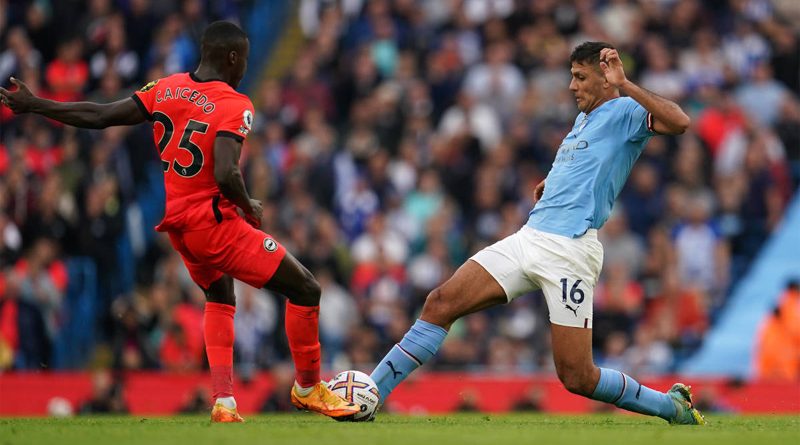Evolution of tactics in English Football
Soccer tactics have undergone a dramatic evolution over the years. We have gone from the early days of the game, when tactics were elementary and players had to cover the entire length of the pitch, to the modern era of highly specialized positions and complex tactical systems.
In this article, we will look at the evolution of soccer tactics in freshbet slots and English soccer and how it has affected the game over the years.
The early days of English soccer
In the early days of English soccer, the game was less structured and cohesive than it is today. Back then, the 2-3-5 formation was the norm.
In this formation, a team had two defenders (modern central defenders), three midfielders (modern midfielders) and five forwards (modern forwards and strikers).
The tactics back then were so simple that the defender’s job was to focus on stopping the opposing team’s forwards. The strikers just focused on scoring as many goals as possible. Imagine the score then!
Herbert Chapman, English soccer revolutionary
Herbert Chapman emerged on the soccer scene in the 1920s. He introduced a new formation known as WM. It consisted of three defenders, two midfielders, three inside forwards and two strikers. This formation allowed teams to remain defensively oriented while maintaining their attacking threat.
Chapman also introduced new training drills and the use of tactical boards. This allowed the players to visualize the different schemes and strategies presented by the coach.
The introduction of total soccer
Let’s move to the 1970s: a revolutionary concept known as total soccer appeared on the Dutch soccer scene. Total soccer was a tactical system based on the idea that every player on the pitch should be able to play in every position and that a team should be able to switch seamlessly between attack and defense.
This was the approach followed by English teams, predominantly Liverpool, in the 1970s and 80s, where they played high-pressure attacking soccer. In doing so, they won many European and domestic trophies.
Tiki-Taka rising
Let’s move to the 2000s: Spanish soccer spawned a new tactic called tiki-taka. This approach was based on short passes and possession of the ball in a small area of the pitch. The tiki-taka tactic was designed to dominate the ball and tire out opposing players.
Tiki-taka was predominantly used by Barcelona at its peak from the early 2000s to the mid-2010s. With the arrival of Pep Guardiola at Manchester City, English soccer was introduced to the tiki-taka tactic.
Arsenal soon introduced their own version of the strategy, which started the tiki-taka revolution in the English Premier League.
Modern tactical systems
By now you can see that English soccer has come a long way. From using a large number of strikers to score goals, the company has gone from playing intense soccer. Modern tactics require players to specialize in a certain position and know complex tactical systems.
Take Manchester United and Chelsea as an example. These two teams play with three centre backs and edge defenders. Manchester City and Liverpool, on the other hand, use strong pressing and counter-attacking soccer.
Tactical flexibility is crucial as teams are expected to adapt their style of play depending on the opponent and the situation.
Tactics used by English teams over the years
The most popular tactics in English soccer have been used by managers over the years to gain an advantage over their opponents. Here are some of the popular ones:
4-4-2
The 4-4-2 scheme is the traditional scheme that is still in use today. The 4-4-2 scheme emphasizes a direct style of play with long passes aimed at the striker to score goals.
3-5-2
This is a modern interpretation of the WM formation. Over the years, the popularity of this scheme in English soccer has increased. This system utilizes a solid defensive base while maintaining attacking options.
4-3-3
The 4-3-3 is a possession-based scheme that teams use to dominate possession of the ball . The goal is to create chances through passing.
Gegenpressing
With Jurgen Klopp’s arrival at Liverpool, he brought with him his philosophy of total soccer with high pressing and pressure. This style is called gegenpressing .
This tactic requires every player to strive for the ball and switch between attack and defence at the same time. This tactic has given rise to inverted defenders who support the attacking process as well as defending.
In conclusion, the evolution of soccer tactics has been a fascinating journey since the beginning of English soccer. Tactics have gone from the 2-3-5 scheme to today’s highly specialized and complex formation systems.
As the game continues to evolve, it will be interesting to see what’s next for soccer tactics and how English teams will use them in their game in the future.




